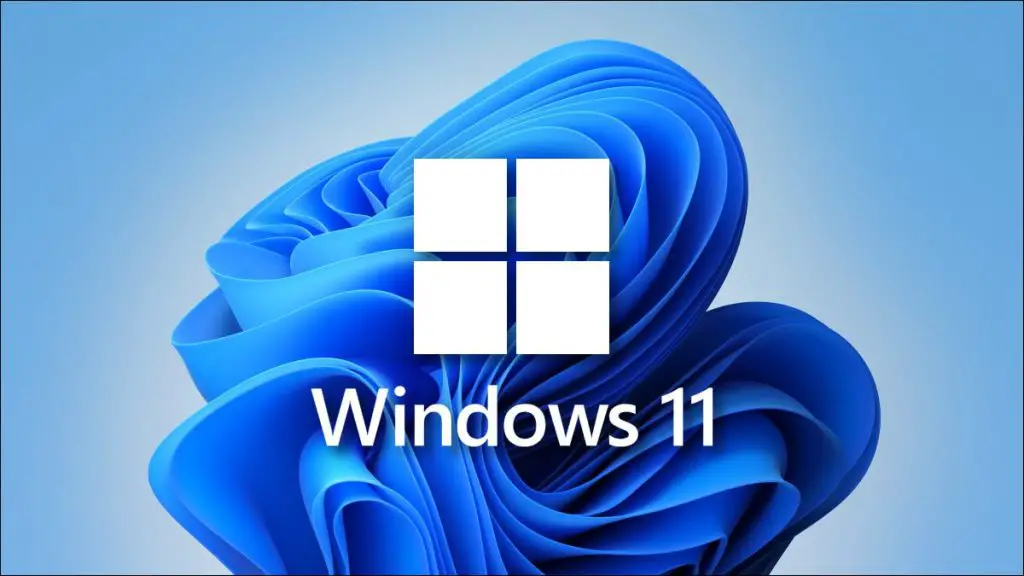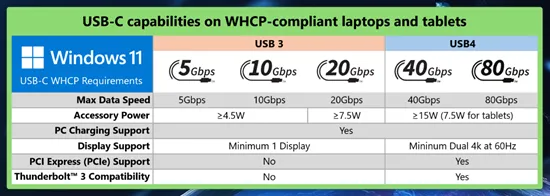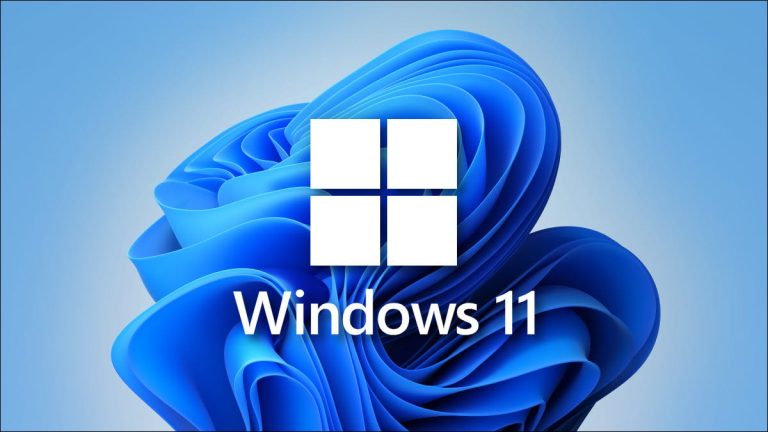
Microsoft has finally set out to bring order to the chaos that many users have come to accept as the norm—namely, the USB-C interface. This connector was heralded as a universal solution for everything: charging, data transfer, and display connectivity. And while over the past decade it has indeed become ubiquitous—powering laptops, smartphones, e-readers, and gaming consoles alike—its use remains frustratingly inconsistent. The root of the issue lies in the fact that the physical USB-C connector was initially designed independently of other specifications, such as data transfer speeds, power delivery, or video output via Alternate Modes. As a result, identical-looking ports may behave in entirely different ways.
Microsoft aims to change that. In an official post on the company’s USB-focused blog, the tech giant announced that new requirements under the Windows Hardware Compatibility Program (WHCP) will compel PC manufacturers to provide full-featured USB-C support. Each USB-C port on a Windows device will be required to support, at a minimum, charging, external display output, and data transfer speeds of at least 5 Gbps. In this way, Microsoft is leveraging its dominant position as the primary PC operating system provider to eliminate the issue of “crippled” or underperforming ports.

According to Microsoft Senior Program Manager Ugan Sivagnanenthirarajah, 27% of users with USB4-enabled PCs encounter warnings indicating that the connected device does not support the desired function—such as video output. The problem, he noted, is not with the connector itself, but with the fragmented implementation of the standard across various manufacturers.
It is important to note that Microsoft is not mandating support for the highest data transfer rates—such as 10, 20, 40, or 80 Gbps—nor for specific power delivery thresholds or PCIe device compatibility. However, baseline functionality—charging, video output, and data transfer—is now non-negotiable. Additionally, all USB-C ports must utilize standard Windows drivers, allowing issues to be addressed via Windows Update rather than relying on third-party vendor patches.
Thunderbolt remains under Intel’s stewardship, and certified Thunderbolt 4 and 5 ports will continue to offer advanced capabilities such as PCIe support, ultra-high data rates, and the ability to drive multiple 4K displays. Furthermore, any port claiming USB4 support at 40 or 80 Gbps must be fully compatible with Thunderbolt 3-certified accessories.
The WHCP initiative is not new—Microsoft has previously used it to promote technologies like UEFI, Secure Boot, and TPM. These standards have made PCs more secure, reliable, and user-friendly. Features such as local disk encryption are now accessible to the average user, and large precision touchpads no longer rely on outdated drivers.
Though this standardization of USB-C comes belatedly, it promises meaningful improvements. The connector remains complex—compatibility charts are still a necessity—but Microsoft is now laying the groundwork for a universal baseline that the USB-IF has struggled to enforce over the past decade.
